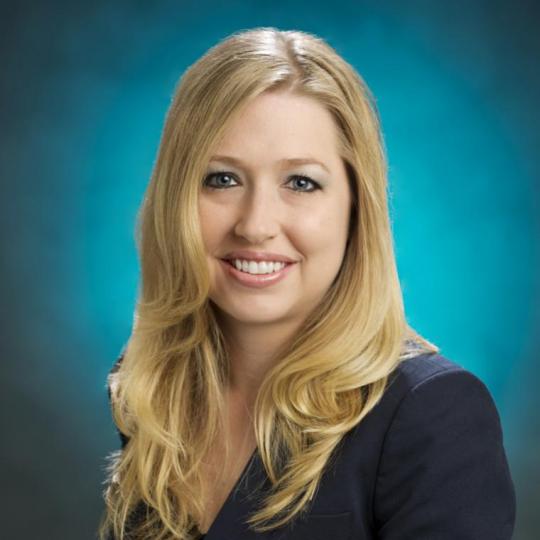Orbital Disease
Overview
Many factors go into determining the most appropriate treatment for diseases of the orbit. Imaging studies such as CT and MRI are often required to understand the best treatment. An ophthalmology exam is also important to be sure the eye itself is in good health. It is often necessary to incorporate a multidisciplinary approach which includes ENT, endocrinology, ophthalmology, and neurosurgery.

Orbital disease | treatment options
Thyroid eye disease (Graves’ eye disease)
This is most commonly seen in patients with overactive thyroid. The autoimmune attack of Graves’ Disease often targets the muscles of the eyes and other tissues within the eye socket. This can lead to the look of a wide-eyed stare and can potentially threaten sight. Loss of sight is rare, but evaluation by an ophthalmologist is important.
Orbital decompression is the partial or complete removal of one or more, of the four walls of the orbit (eye socket). This procedure is primarily performed for Graves' disease (thyroid eye disease).
Endoscopic orbital decompression is a surgery that allows the middle and bottom walls of the bone surrounding the eye to be removed using endoscopes and small instruments introduced through the nose. Removing these walls allows for expansion of the swollen tissues in the nose into the sinuses. This reduces the bulging appearance of the eyes that can accompany this disease. Depending on the extent of the disease sometimes the outside wall needs to be decompressed as well and is done through a small incision on the side of the eye toward the temple. This surgery is sometimes done in combination with an oculoplastic surgeon who might do the side wall or procedures to lengthen the eyelids. All patients with this disease process should be evaluated by an ophthalmologist (eye doctor) because in rare cases, vision can be affected.
Blocked tear duct/tearing
Excessive tearing can occur for a variety of reasons, but one common cause is blockage or scarring of the tear duct. This can lead to the tears running down the cheek instead of through the normal pathway into the nose.
If it is determined that a blocked tear duct is the cause of excessive tearing, an endoscope and small instruments can be passed through the nose to reroute the drainage path of the tears into the nose. Using of endoscopes helps avoid the need to make any incisions of the skin near the eye
Orbital tumor
There are a variety of types of orbital tumors, but some rare tumors that occur in the back of the eye toward the sinuses can be removed with an endoscopic approach through the nose. The most common tumor that can be removed in this fashion is known as an orbital apex hemangioma.
There are a number of types of orbital tumors, but some rare tumors that occur in the back of the eye toward the sinuses can be removed with an endoscopic approach through the nose. The most common tumor that can be removed in this fashion is known as an orbital apex hemangioma. Use of the endoscope allows for access to tumors that cannot otherwise be accessed without extensive disfiguring surgery. This surgery is often done in combination with a neurosurgical partner.
Post-operative care
Patients who have undergone endoscopic procedures through the sinuses will have a long healing process during which time the lining of the sinuses will be swollen and dry. Most patients are asked to begin irrigating the nose with saline 5-6 times daily beginning the day after surgery. Irrigations help wash away old blood clots and scabs that form within the sinuses. The moisture also helps the sinuses heal. Patients will be scheduled for multiple follow up appointments with Dr. Crosby at which time an in-office procedure is performed. This procedure is called a debridement and involves the removal of dried blood and crusting that forms within the sinuses after this type of surgery. Patients are numbed with spray prior to this procedure in order to decrease the discomfort. These follow up appointments are incredibly important to keep scarring from forming within the nose and to improve long term success of the surgery.
Our providers
Why SIU
Continually learning
With a focus on continual improvement, our doctors take the time to research, study and innovate to provide the latest treatments for our patients.
Patient-first experience
Our care ranges from primary care physicians to specialists and sub-specialists who have advanced training. We're here for you when you need us.
Breakthrough tech
Continually teaching the next generation of doctors, our physicians use the latest developments in procedures and technologies for our patients.

